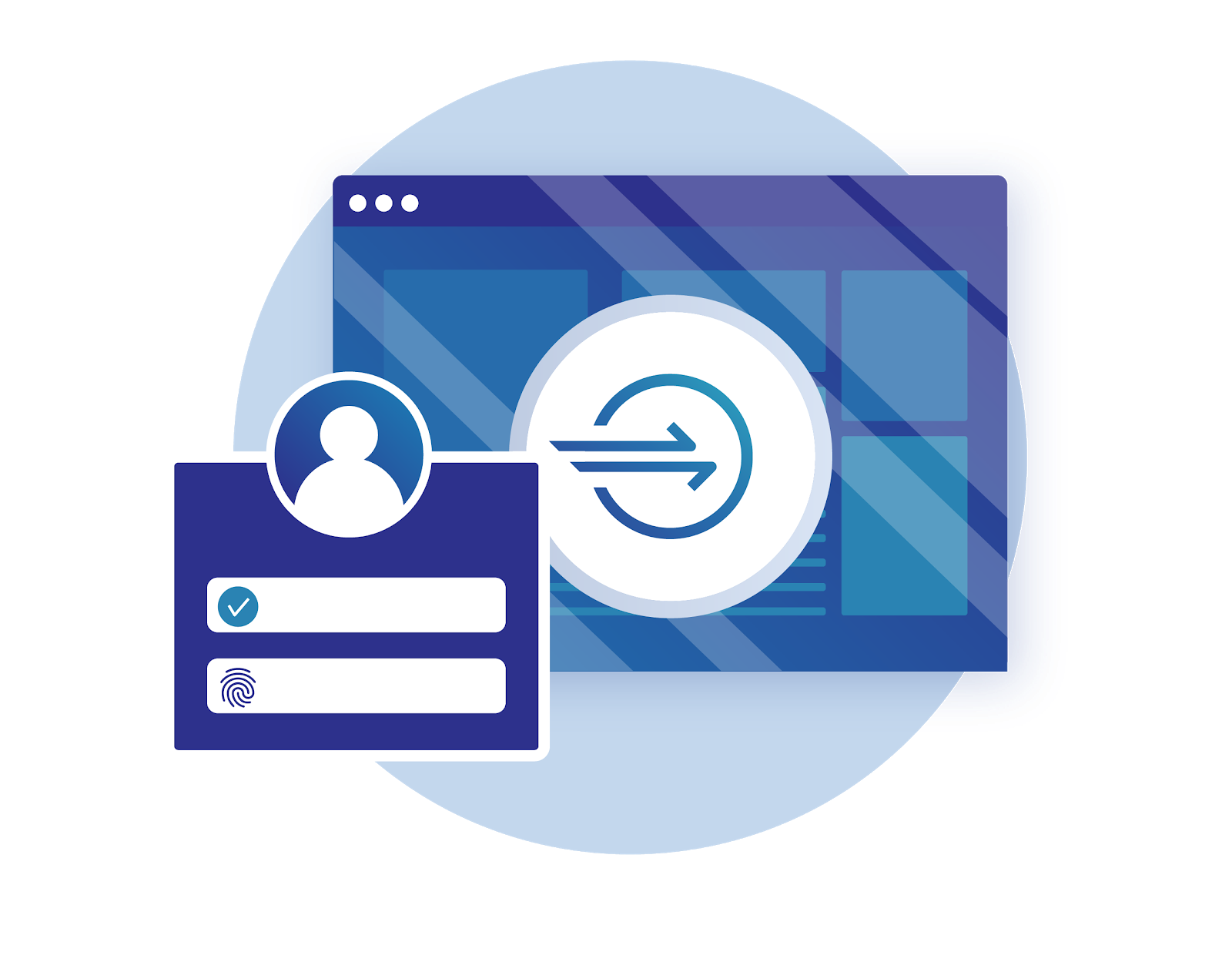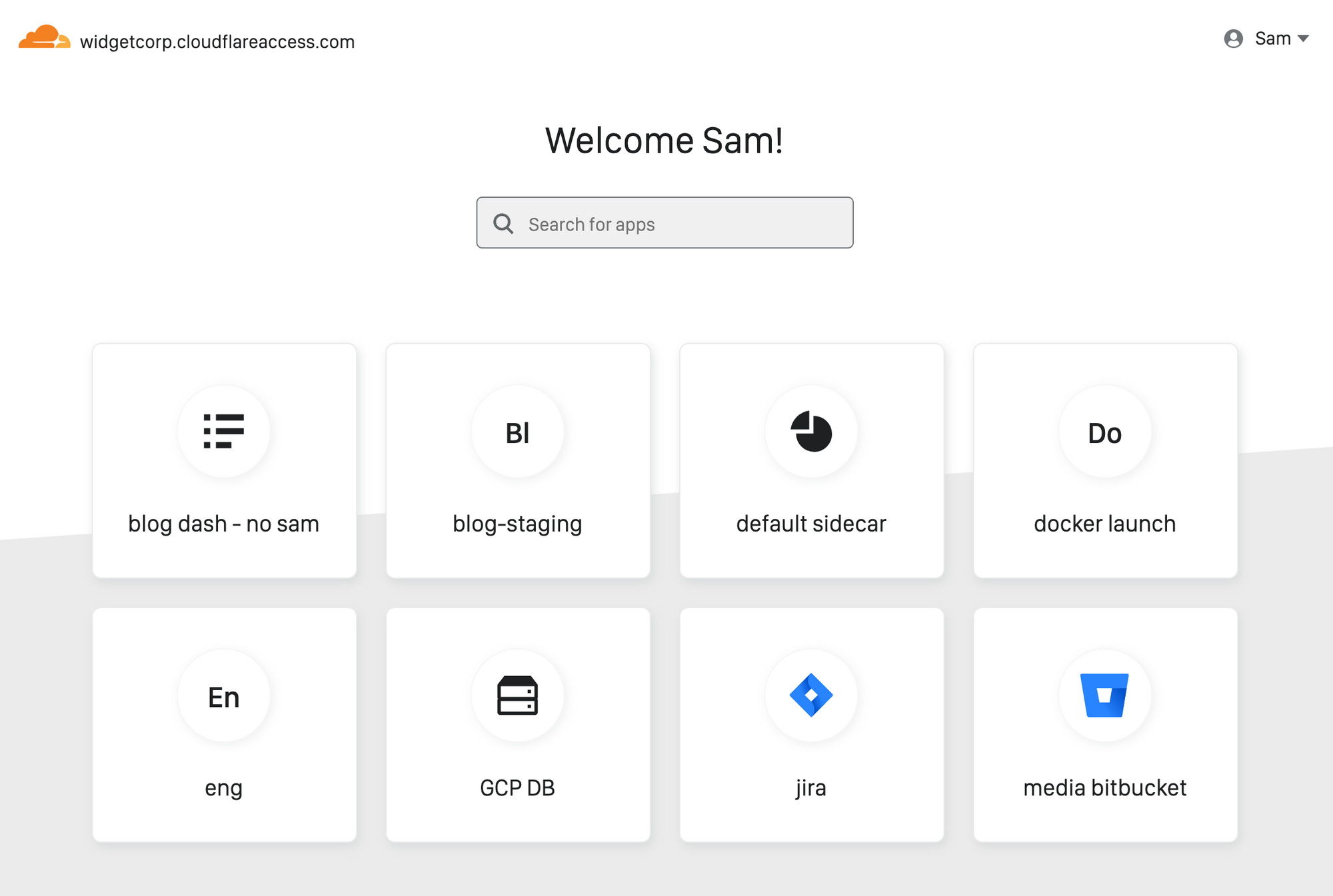Locking and unlocking accounts on Linux systems
If you are administering a Linux system, there will likely be times that you need to lock an account. Maybe someone is changing positions and their continued need for the account is under question; maybe there’s reason to believe that access to the account has been compromised. In any event, knowing how to lock an account and how to unlock it should it be needed again is something you need to be able to do.One important thing to keep in mind is that there are multiple ways to lock an account, and they don't all have the same effect. If the account user is accessing an account using public/private keys instead of a password, some commands you might use to block access to an account will not be effective.To read this article in full, please click here



